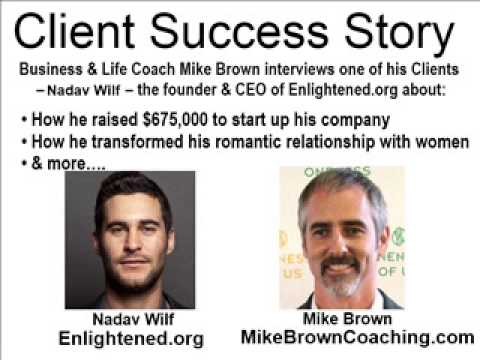Nine ways to make sure you make a difference with impact investing
Post on: 1 Июнь, 2015 No Comment

Impact investors want more than a financial return, they want their money to do something good in the world at the same time. This means balancing financial risks and rewards with the complex measures of social and environmental impact.
1. Play to your strengths
Focus your fund’s investments on your organisation’s area of expertise, suggests Rana Modarres, impact investing director at Oxfam GB. Oxfam’s comparative advantage is in the field of poverty reduction. This is the area where we can most effectively advise on and measure the impact of the fund’s activity.
The Small Enterprise Impact Investing Fund (SEIIF), of which Oxfam is a partner, was set up to address the missing middle – the gap between microfinance and commercial lending. It is focused on supporting financially sound, impact-focused local financial intermediaries that are effectively addressing this gap and developing new financial services for enterprises employing between 10 and 100 people, says Modarres. Worldwide this sector is a key growth sector for employment and economic participation.
2. Impact investing won’t always be the right option
No one approach has all the answers, says Yasmina Zaidman, director at Acumen, a not-for-profit impact investor. Sometimes government investment is needed; in other cases – generally once companies have started to establish a track record of success – private sector impact funds will be keen to step in.
Uli Grabenwarter, head of strategic development-equity at the European Investment Fund and a visiting professor at IESE business school, added: There will always be some situations where philanthropy will have to prevail. But there are plenty of areas where social and financial returns have a positive correlation.
3. Tell stories
Have a clear narrative of what you are trying to do and how you are doing to do it, said Modarres. It is important to be able to communicate this clearly to potential investors. Effectively communicating impact and investee stories are also crucial to gathering assets. It is smart to identify target investors early and do plenty of market research with them before crystallising the main components of the fund offering.
4. Measure your social impact
The big difference in successful impact investing is the visibility of the objectives that are set and the rigour of the follow up [regarding] whether they have been achieved or not, says Grabenwarter. The Global Impact Investing Network offers a number of impact-based performance metrics through its IRIS catalogue while others are available through the Global Impact Investing Ratings System. SEIIF’s measures, for example, centre on job creation, wages and women’s empowerment, and the growth of the small business through output, revenues and financing.
5. Take your time
Entrepreneurs who want to serve the poorest sections of society often take longer and need more assistance than those marketing themselves to wealthier demographics, says Zaidman. Acumen is backed by philanthropists rather than investors expecting a financial return, which means it can back higher-risk projects and those that may require more time to build commercial viability.
6. Keep an eye on financial risks

There is a big range of risk/return appetites, and to be credible it is crucial to be realistic about these measures, said Modarres. Funds can take measures to minimise currency and country risk where relevant. Additionally, it is good to have sector focus, but funds need to guard against systemic risk. A fund can diversify within their sector (over different geographies) or have several sectors that are not correlated.
Structure your fund with an eye to pipeline quality, says Modarres. In case of structuring a closed-end fund, be aware that the pressure to invest may be high once assets are gathered, so try for a flexible arrangement where you can call on commitments rather than have all the fund money coming in from the beginning. Otherwise you may have difficulties in finding the quality of pipeline. Whatever the structure, begin researching investees early. Investors will want to see a credible pipeline of potential investees before they’ve agreed to allocate assets.
8. Offer more than money
What we have learned is that plugging social entrepreneurs into networks, resources and other talent can make the difference between success and failure, says Zaidman. We play a very active role in the companies in which we invest; we often take a board seat with our investments, and we want to offer even more hands-on support.
Modarres adds: Access to technical assistance can make a big difference to SMEs in enhancing gains from access to capital and measuring/communicating those gains. Separate funding means investors will not give up returns to finance these services.
9. Beware of the bubble
Philanthropic investors who are willing to back high-risk pioneers – the entrepreneurs who are building new business models or new markets as well as new products and services – have plenty of options available to them, but investors looking for less risk and a financial return are fishing in a more limited pool, says Zaidman. Research by Monitor suggests that the number of impact investment funds is increasing but that there is something of a shortage of appropriate investment opportunities. We could end up with all that capital chasing just a few companies, said Zaidman.
Join the community of sustainability professionals and experts. Become a GSB member to get more stories like this direct to your inbox














